GEAB Special File on Tourism
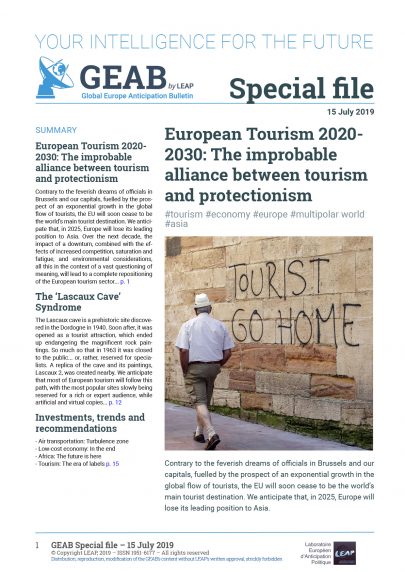
Contrary to the feverish dreams of officials in Brussels and our capitals, fuelled by the prospect of an exponential growth in the global flow of tourists, the EU will soon cease to be the world’s main tourist destination. We anticipate that, in 2025, Europe will lose its leading position to Asia.
Over the next decade, the impact of a downturn, combined with the effects of increased competition, saturation and fatigue, and environmental considerations, all this in the context of a vast questioning of meaning, will lead to a complete repositioning of the European tourism sector.
Reality has begun to remind Europe of the unsustainable nature of old-fashioned tourism in a century and a world that promises an explosion in the flow of tourists. Far from being able to continue to welcome half of this leisure travel, as is currently the case, Europe will have to protect itself from it.
If this trend represents a crisis for all the players who will continue to rely on quantitative tourism, it will also provide a set of creative constraints that will allow Europe to carry out innovative experiences of high quality “protectionist tourism”!
Multipolar world: Market share decrease for European tourism
European tourism will soon suffer from the consequences of the global multi-polarisation, as is happening in many other sectors of the economy. Indeed, whilst Europe has hosted more than half of global tourism in 2018 (713 million tourists in Europe out of 1.4 billion worldwide[1]), it is not only because of the wealth of its heritage and the beauty of its sites. It is primarily because it has the capacity to accommodate these 713 million people – thanks to its huge number of restaurants, hotels, airports, rail stations, modern museums, and so on.
But now, the whole world is working hard to attract part of this huge flow of travellers!
For example, 15 years ago, who would have thought of putting Dubai on their list of travel destinations? Yet, in 2017, 15.8 million people visited this UAE city – corresponding to 1% of global tourist flow, creating both a new diversion for European tourists outside of Europe and an extremely attractive destination for the new tourists that the European tourist sector dreams of attracting – the Indians, for example.[2]
There are, of course, many other examples of new destinations – including in the EU where the countries of the former Eastern Bloc have been reappearing on global tourist maps for 20-30 years now: Prague, Budapest, Croatia, Ljubljana, Romania… Nevertheless, in the case of the EU, the potential for opening new hotspots is largely drying up,[3] unlike the vast majority of newly developed or emerging regions of the world, such as Asia, South America,[4] Africa,[5] the Arab World and the Middle East. [6]
Projections
Clearly, the potential for increasing the total number of tourists is related to the economic development of the new countries from which they originate, such as the Southeast Asian countries, India, China, South America, Africa etc. The prospects for growth in the current context of a generalised global economic levelling are therefore immense. The UNWTO predicts 1.8 billion tourists in 2030, which corresponds to an average growth of about 2.8% per year[7] (we will see that this prediction is rather conservative). Based on this figure, given the growth prospects of the tourism sectors of the countries and regions mentioned at the end of the previous paragraph, it is more than likely that the current game master, Europe, will see its rate of growth gradually fall.
In fact, the anticipation that we make is more optimistic because we think that the number of tourists in 2030 will be much higher than the WTO has predicted. Indeed, at the current rate (6% more tourists each year on average in the past 10 years, with an acceleration in the last 3 years from 5% to 7% in 2017), the number of tourists in 2030 could reach nearer 2.8 billion.
At a stable rate of 6% per year for another 11 years, here is the projection we get at 2030:
2018: 1.4 billion
2019: 1.48 billion
2020: 1.57 billion
2025: 2.2 billion
2030: 2.82 billion
Anticipations
That said, projections are not quite anticipations. Our team sees two trends likely to change those figures:
- Upwards: The multiplication of originating countries is likely to produce a gradual increase in the 6% growth rate being used as the basis for the calculation. To avoid going down the road of clever calculations that inevitably turn out to be false, let’s simply anticipate that in the next 10 years, a small half of the world’s population (say 4 billion) will acquire the same level of tourist mobility as Europeans (62%), while the rest will gradually gain access to this level (say 30% on average). We then arrive at an approximate figure of 3.8 billion annual tourists worldwide in 2030 – an annual growth potential of nearly 9% per year for 11 more years.
- Downwards: the potential 9% annual tourist growth will be absorbed by the countries currently investing in their hosting capacity. The 55% growth in tourism in Egypt, 47% in Togo, 29% in Vietnam, 28% in Georgia, 27% in Palestine, 25% in Nepal and 25% in Israel will not continue at this pace indefinitely, of course, but dozens of countries will continue to add to or replace these powerhouses, undoubtedly reducing Europe’s market share quite rapidly.
Paradigm shift
Faced with such a figure, we are confident that these potential visitors will not travel within the framework of the current tourism model. Rather, we are faced with the prospect of an explosion of tourism in the next 10 years, which requires the greatest caution in terms of anticipation and investment, likely to hurt all the stakeholders in old-fashioned tourism. Let’s not forget that, if France is the leading tourist destination in the world, Disneyland-Paris is the biggest receptor of this flow. But isn’t the race to attract this kind of tourism already lost in the face of Dubai?
While there is still some potential for optimisation in hosting capability in Europe, it is inevitably weak compared to the optimisation potential of the rest of the planet, which is already underway. However, in purely business terms, it is not the volume that counts but the increase in volume. European investors will be turning more and more to the bright prospects offered by India, Africa and South America in terms of profits from tourism. Therefore, the time is ripe for stabilisation in Europe, which, rather than seeking to attract these immense flows of tourists, will need to protect itself from them, as they would be devastating to a European hosting sector already close to saturation.
The plague of tourism: kill or cure
One thing is for sure, little Europe cannot continue to welcome 51% of the world’s tourists in the context of the increases we have just mentioned (which, according to estimates, would give between 1.4 and 1.9 billion tourists in 2030, instead of the current 710 million).
Firstly, there is, of course, the question of the investment that such an increase in the capacity of tourist accommodation would require: the authorities are in debt and private investors, as suggested above, will be attracted primarily by other regions.
Login



The Lascaux cave is a prehistoric site discovered in the Dordogne in 1940. Soon after, it was opened as a tourist attraction, which ended up endangering the magnificent rock paintings. [...]
Air transportation: Turbulence zone We have already warned against the risk of crisis in this sector (aircraft manufacturers, airline companies and infrastructure). In fact, the crisis is already well under [...]



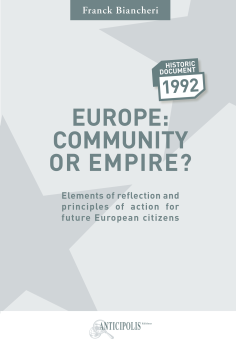
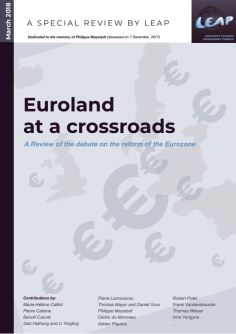
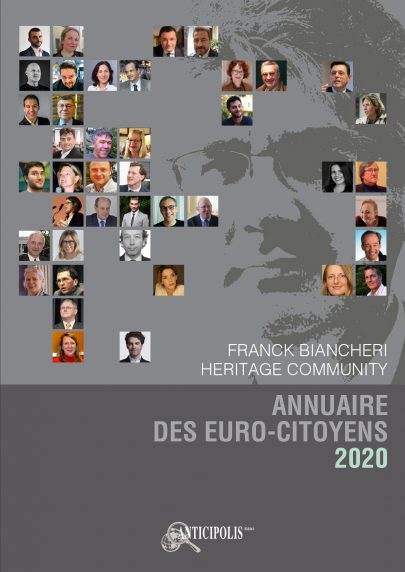
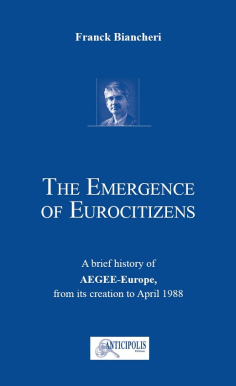

Comments